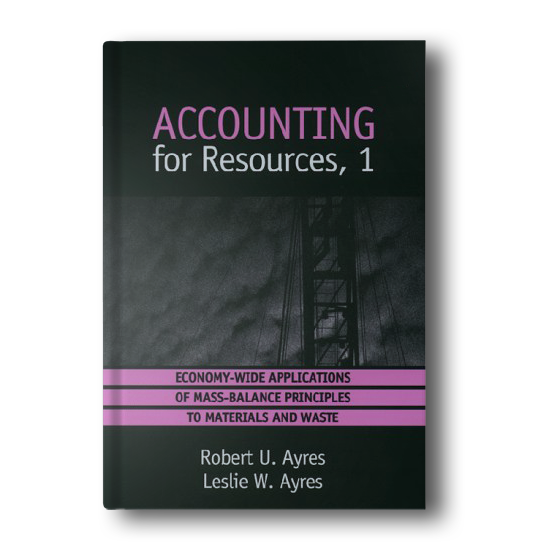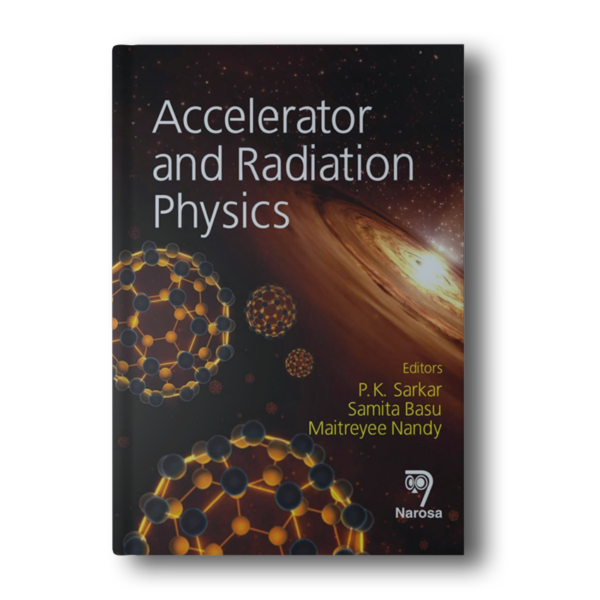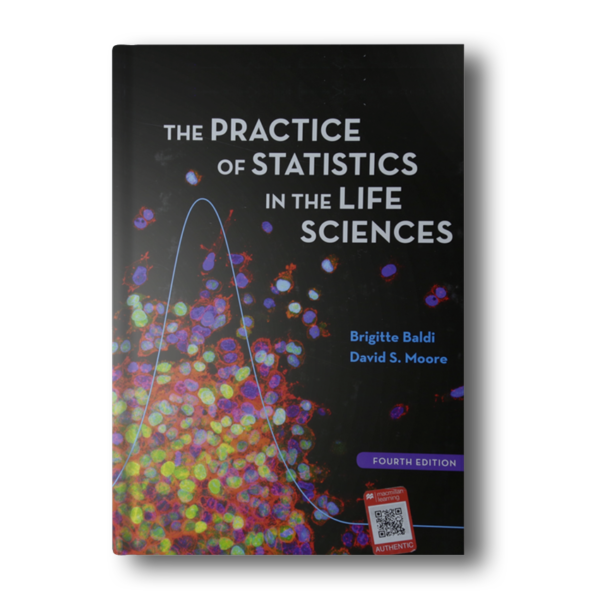The development of high energy accelerators began in 1911, when Rutherford discovered the atomic nuclei inside the atom. Since then, progress has been made in the following:
(1) development of high voltage dc and rf accelerators,
(2) achievement of high field magnets with excellent field quality,
(3) discovery of transverse and longitudinal beam focusing principles,
(4) invention of high power rf sources,
(5) improvement of high vacuum technology,
(6) attainment of high brightness (polarized/unpolarized) electron/ion sources,
(7) advancement of beam dynamics and beam manipulation schemes, such as beam injection, accumulation, slow and fast extraction, beam damping and beam cooling, instability feedback, etc.
The impacts of the accelerator development are evidenced by the many ground-breaking discoveries in particle and nuclear physics, atomic and molecular physics, condensed matter physics, biomedical physics, medicine, biology, and industrial processing.This book is intended to be used as a graduate or senior undergraduate textbook in accelerator physics and science. It can be used as preparatory course material for graduate accelerator physics students doing thesis research.
The text covers historical accelerator development, transverse betatron motion, synchrotron motion, an introduction to linear accelerators, and synchrotron radiation phenomena in low emittance electron storage rings, introduction to special topics such as the free electron laser and the beam-beam interaction. Attention is paid to derivation of the action-angle variables of the phase space, because the transformation is important for understanding advanced topics such as the collective instability and nonlinear beam dynamics. Each section is followed by exercises, which are designed to reinforce the concept discussed and to solve a realistic accelerator design















Reviews
There are no reviews yet.